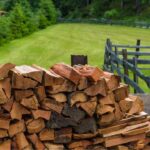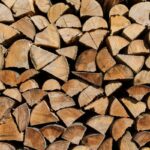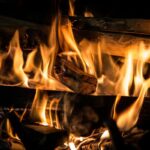Many of us mistakenly think that any type of wood is good for burning. After all, you just place it down and set it alight. Easy right? Well, this isn’t quite the case, as some woods are better than others.
“What about poplar?” we hear you ask. Well, just like any wood, poplar will burn, but whether it is considered good firewood comes down to a variety of factors.
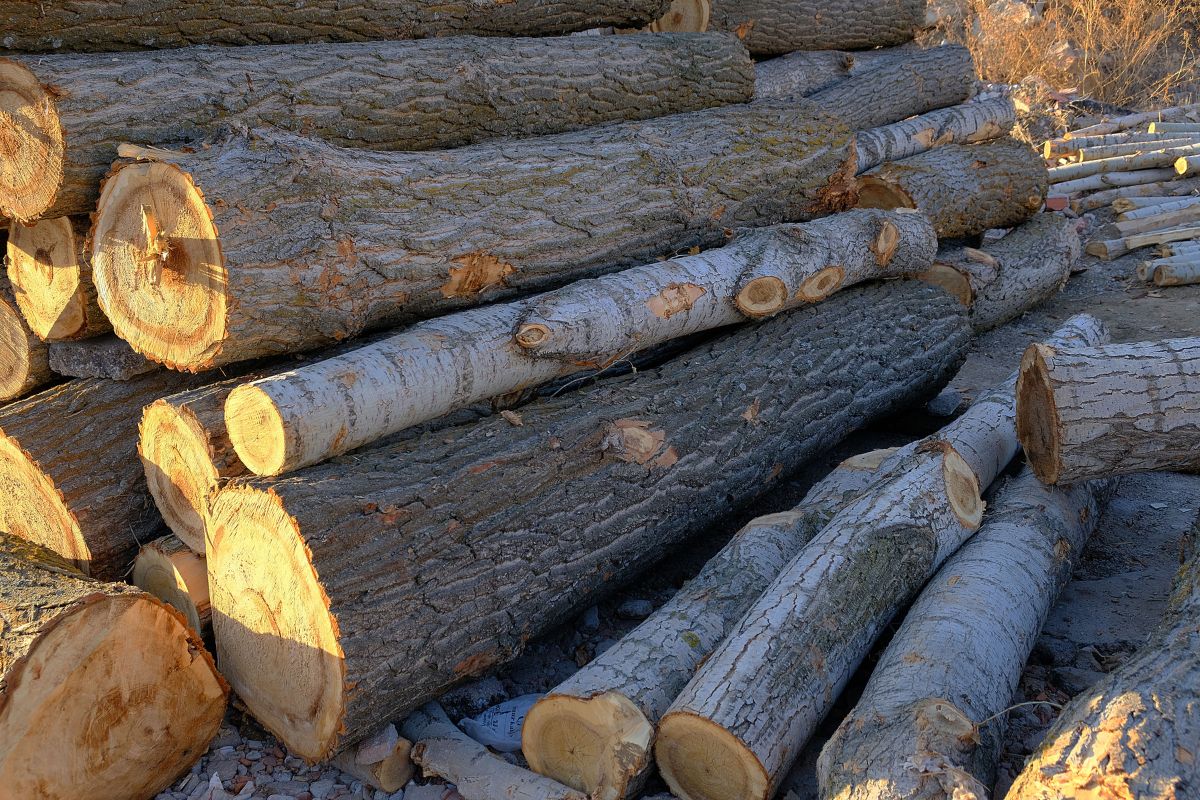
For instance, although poplar is considered to be one of the easier hardwoods to cut, thanks to its relatively low density, it can be stringy and may require a sharp saw to cut smoothly.
Overall, poplar is not considered one of the best options of firewood because it has a low heat output and burns quickly. This means it needs to be constantly replenished in the fire to maintain.
To find out more about how good poplar is as firewood, we have compiled this guide. We will discuss the properties of poplar and how it compares to some other popular types of firewood.
Therefore, you can decide whether you want to use it to go for something else for your next fire.
Poplar – What Is It?
Poplar wood is derived from the Poplar tree. These trees tend to grow in temperate climates throughout the Northern Hemisphere and generally have short life spans but grow quickly.
Altogether, there are several different types of poplar trees, including:
- Eastern cottonwood
- Balsam poplar
- White poplar
- Black poplar
- Trembling aspen
- Bigtooth aspen
- European aspen
The wood produced from these trees is typically very soft and used to make materials, such as paper, cardboard, and crates.
Poplar wood is also often used as privacy screens or windbreaks by landscapes due to their fast growth and attractiveness.
Poplar – Good Firewood Or Not?
Because poplar firewood often needs replenishing quickly when burned, it is often referred to as a “gopher wood,” as you need to “go for more” as it burns quickly.
This is ultimately down to its light and soft nature.
If you try to cut through poplar wood using a chainsaw, you will find it very different compared to cutting hardwood like maple or oak. A chainsaw will make light work of poplar, making it quick and easy to cut.
Like many types of firewood, poplar needs to be treated before use. But, when it comes to burning, many people prefer other types of wood because poplar does not last long when lit.
There’s no doubt that poplar burns very hot and very fast, due to its low density. But, it will not last long.
This is why poplar is not recommended as firewood for those looking to heat their home for a period of time.
On the other hand, if you want a quick, bright burn, poplar is a good choice. One large log of poplar firewood will typically burn for approximately two hours and because it is so soft, it is easier to ignite.
On the whole, poplar is not regarded as the best choice of firewood due to its quick burning and low heat output. But, for a quick burn, it’s a good option.
Seasoning Poplar Firewood
Before being used as firewood, poplar must be seasoned. This is because it is a softwood, meaning it can absorb a great deal of moisture.
Whilst poplar does not contain a lot of sap that can contribute to a larger build up of creosote, it will need seasoning for at least six months before being lit.
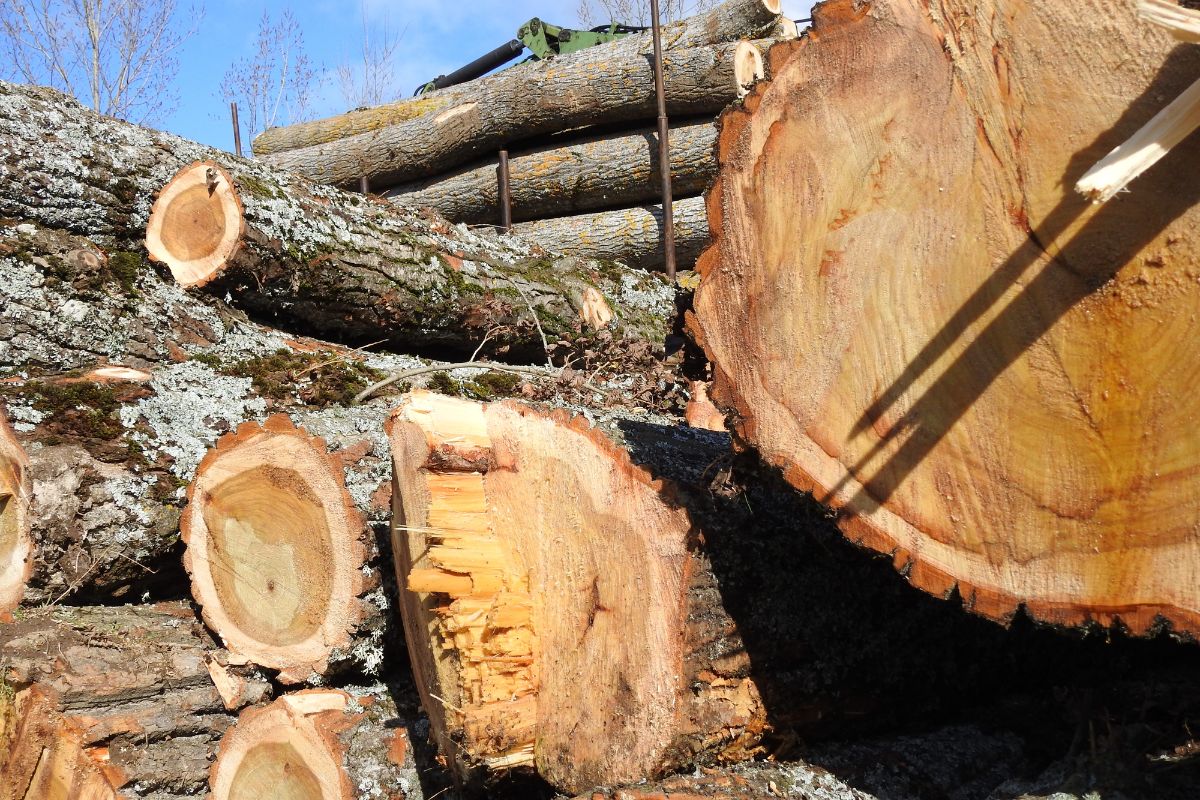
This is simply because of its higher water content.
This extra effort is a reason why many do not like to use poplar as firewood, but other varieties of wood, like elm, need a period of at least 12 months after seasoning to be used as firewood.
Therefore, poplar is certainly not the worst choice in terms of preparation.
Poplar logs also need to be lifted and split off the ground to prevent them from absorbing any moisture. This can also allow for better air circulation to help the wood dry quicker.
Doing this will also help prevent the logs from rotting.
Advantages Of Poplar Firewood
Although poplar may not be the best firewood out there, it is readily available, and it has a relatively short seasoning period.
Poplar trees tend to be easy to find in the wild, with many even growing in our backyards. If you have some poplar trees growing on your property, you can have a constant supply of firewood, cutting costs and hassle.
Poplar trees grow quickly, too. Therefore, you can cut one down and grow another in its place pretty easily.
Yes, a six-month wait after seasoning may seem like a long time, but compared to some other types of wood, like elm, or hardwoods, such as oak and hickory, this is a very short seasoning time.
Some take up to two years to fully season, so using poplar means you won’t have to wait as long to burn it.
Poplar is best for starting fires or for use in log burners and fire pits. This is because it will not burn for hours on end once you have finished with the fire.
A few poplar logs will burn brightly and go out within a few hours without you having to worry about extinguishing them afterward.
Disadvantages Of Poplar Firewood
On the whole, poplar is not considered a great firewood choice because it has a relatively low heat output and burns very quickly. For burning overnight or over an extended period of time, hardwoods like oak are a better choice.
Poplar needs to be frequently replenished in the fire, which equates to more work and more wood needed.
Additionally, poplar produces a lot of smoke and can create sparks, which can be problematic for indoor fireplaces or for cooking.
In Summary
Poplar is not a top choice for firewood, but it can be used as a supplementary fuel or as kindling to help start fires.
If you want wood that can heat your home for the entire evening and night, we suggest using seasoned hardwoods, like oak, hickory, and ash.
- How To Open Chimney Flue - July 20, 2023
- Do Electric Fireplaces Use A Lot Of Electricity? - July 20, 2023
- How To Keep A Fire Going - July 20, 2023

